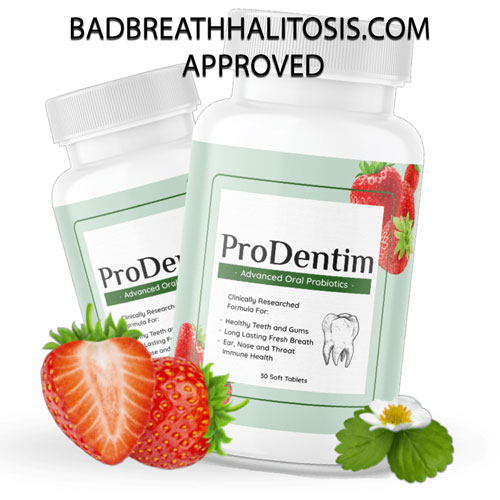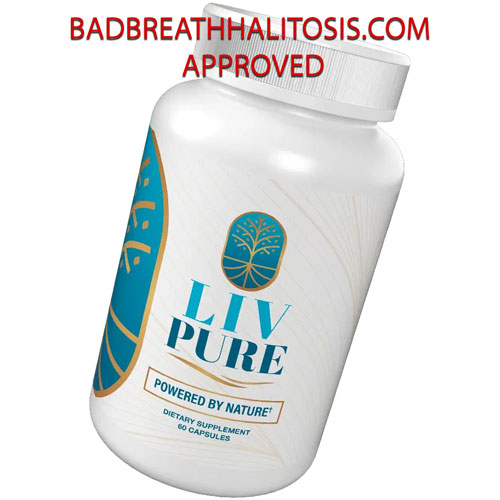Hi! Found this article summary. Is there a biochemist in the house who can say if this may be of relevance to us..?
------
Formation of trimethylamine from dietary choline by Streptococcus sanguis I, which colonizes the mouth.
Chao CK, Zeisel SH.
Nutrient Metabolism Laboratory, Department of Pathology, Boston University School of Medicine, Boston, MA 02118, USA.
Choline is a component of the normal diet, and when humans ingest large amounts they excrete trimethylamine (which can impart a fishy body odor). In the presence of nitrite, trimethylamine can be converted to dimethylnitrosamine, a potent carcinogen. Bacteria in the large intestine metabolize choline to form trimethylamine. We determined that a bacterium normally present in the oral cavity also has this capacity. Mixed bacterial flora cultured from dental plaque and saliva converted choline to trimethylamine. The only organism with trimethylamine-forming capability isolated from these mixed cultures was identified as Streptococcus sanguis I (a facultative anaerobe). The other products formed when choline was cleaved were ethanol and acetate. The formation of trimethylamine by S. sanguis I was enzyme-mediated. Activity was destroyed by heating at 100 degrees C, and obeyed Michaelis-Menten kinetics (K(apparent) for choline = 184 +/- 58 microM; V(max apparent) = 1.7 +/- 0.1 micromol/mg protein/h). Activity was maximal at pH 7.5 to 8.5, was membrane-bound, and required a divalent metal cation (cobalt or iron). More trimethylamine was produced by bacteria incubated under a nitrogen than under an aerobic atmosphere. Activity was inhibited by deanol, betaine aldehyde, hemicholinium-3, iodoacetate, semicarbazide, and 2,4-dinitrophenol, and was enhanced by sulfhydryl-reducing agents (glutathione, 2-mercaptoethanol, DL-dithiothreitol) and sodium bisulfite. The enzyme activity that we describe in S. sanguis I is similar to that previously described in the anaerobic bacteria isolated from intestinal flora.
------


